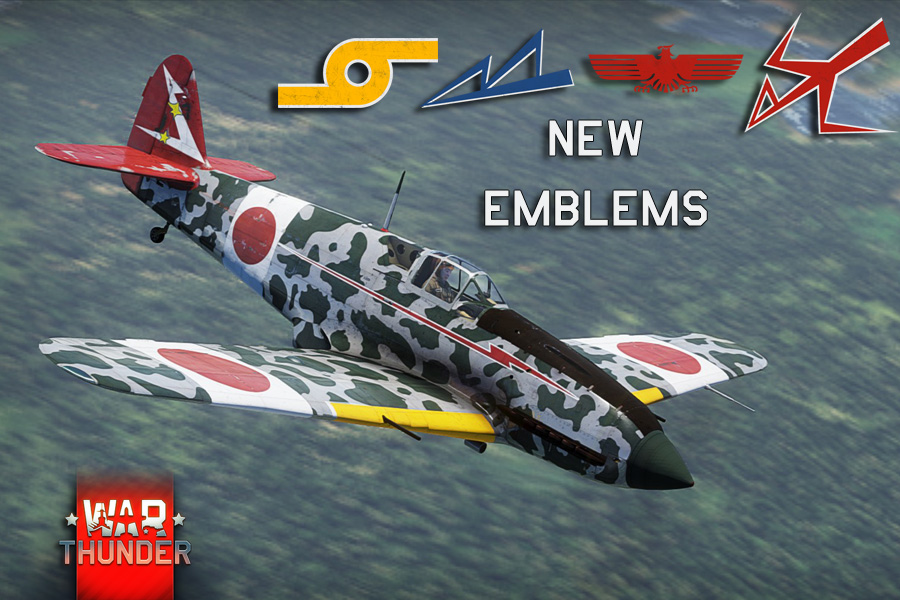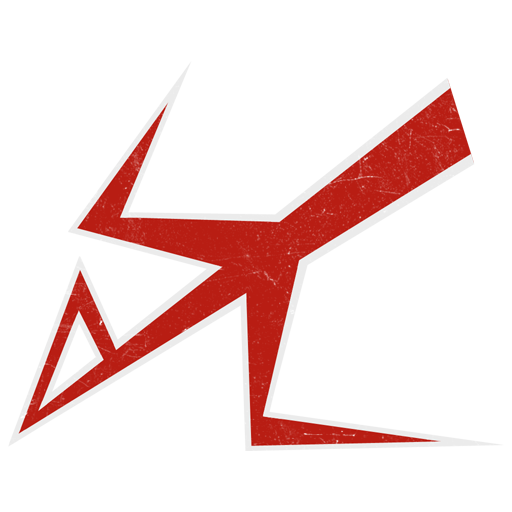
- For PC
- For MAC
- For Linux
- OS: Windows 10 (64 bit)
- Processor: Dual-Core 2.2 GHz
- Memory: 4GB
- Video Card: DirectX 11 level video card: AMD Radeon 77XX / NVIDIA GeForce GTX 660. The minimum supported resolution for the game is 720p.
- Network: Broadband Internet connection
- Hard Drive: 23.1 GB (Minimal client)
- OS: Windows 10/11 (64 bit)
- Processor: Intel Core i5 or Ryzen 5 3600 and better
- Memory: 16 GB and more
- Video Card: DirectX 11 level video card or higher and drivers: Nvidia GeForce 1060 and higher, Radeon RX 570 and higher
- Network: Broadband Internet connection
- Hard Drive: 75.9 GB (Full client)
- OS: Mac OS Big Sur 11.0 or newer
- Processor: Core i5, minimum 2.2GHz (Intel Xeon is not supported)
- Memory: 6 GB
- Video Card: Intel Iris Pro 5200 (Mac), or analog from AMD/Nvidia for Mac. Minimum supported resolution for the game is 720p with Metal support.
- Network: Broadband Internet connection
- Hard Drive: 22.1 GB (Minimal client)
- OS: Mac OS Big Sur 11.0 or newer
- Processor: Core i7 (Intel Xeon is not supported)
- Memory: 8 GB
- Video Card: Radeon Vega II or higher with Metal support.
- Network: Broadband Internet connection
- Hard Drive: 62.2 GB (Full client)
- OS: Most modern 64bit Linux distributions
- Processor: Dual-Core 2.4 GHz
- Memory: 4 GB
- Video Card: NVIDIA 660 with latest proprietary drivers (not older than 6 months) / similar AMD with latest proprietary drivers (not older than 6 months; the minimum supported resolution for the game is 720p) with Vulkan support.
- Network: Broadband Internet connection
- Hard Drive: 22.1 GB (Minimal client)
- OS: Ubuntu 20.04 64bit
- Processor: Intel Core i7
- Memory: 16 GB
- Video Card: NVIDIA 1060 with latest proprietary drivers (not older than 6 months) / similar AMD (Radeon RX 570) with latest proprietary drivers (not older than 6 months) with Vulkan support.
- Network: Broadband Internet connection
- Hard Drive: 62.2 GB (Full client)

Camouflage is available in game thanks to War Thunder Revenue Share Program and you can buy it for 200

Japanese military aviation, as with so many other nations, had its humble origins in the use of balloons for battlefield reconnaissance. Observation balloons were used with some success during the Russo-Japanese War of 1904-1905, sowing the seeds of a proud aviation heritage within the Japanese military. However, the early decades of this heritage would be severely threatened and, at times, nearly torn apart by a vicious rivalry which came from within: the Japanese Army and Japanese Navy’s working relationship in matters of aviation was nothing short of catastrophic.
In 1909, a Japanese naval engineer succeeded in sending the nation’s first home designed and built aircraft into the skies. A year later, the Japanese Army countered this by importing a French Farman biplane. However, the First World War saw the Japanese Navy increase its lead over the army – most notably in 1914 when Japanese naval pilots became the world’s first aviators to carry out strike missions from a carrier: the seaplane carrier HIJMS Wakamiya Maru, in support of the Allied Forces.
However, the considerable leaps and bounds made during the First World War did inject enthusiasm into the Japanese Army command, and larger numbers of aircraft were imported from wartime allies Britain and France, following the end of hostilities, along with military aid and advice. Some combat experience was gleaned during the Siberian Intervention of 1918-22 during support of White Russian forces whilst back home, Japanese aviation industry expanded through building European combat aircraft under license and then developing its own designs.
The intense rivalry with the Imperial Japanese Naval Air Service continued throughout the 1930s, particularly when both combat arms were deployed in the Second Sino-Japanese War. Whilst Europe saw the potential of modern air power in the skies over Spain, air battles were also being fought over China. In 1937 the Imperial Japanese Army Air Service carried out the first transoceanic air raid in history when targets in China were attacked by bombers based in Japan and Taiwan. In 1938 the Japanese Army introduced its first monoplane fighter, the Nakajima Ki-27 into service in China.
Be sure to read more about the Imperial Japanese Army Air Service on the Official War Thunder Forums!
With an upcoming Update, we will add the following decals to War Thunder:
 |
 |
 |
 |
| IJAAF 39th Sentai 2nd Chutai Tail Marking |
IJAAF 62nd Sentai 3rd Chutai Tail Marking |
"Red Eagle" emblem of the 64th Sentai of the IJAAF |
IJAAF 47th Sentai 1st Chutai Tail Marking |
Decals by Jej 'CharlieFoxtrot' Ortiz & Colin 'Fenris' Muir
About The Author
 |
Mark Barber, War Thunder Historical Consultant Mark Barber is a pilot in the British Royal Navy's Fleet Air Arm. His first book was published by Osprey Publishing in 2008; subsequently, he has written several more titles for Osprey and has also published articles for several magazines, including the UK's top selling aviation magazine 'FlyPast'. His main areas of interest are British Naval Aviation in the First and Second World Wars and RAF Fighter Command in the Second World War. He currently works with Gaijin Entertainment as a Historical Consultant, helping to run the Historical Section of the War Thunder forums and heading up the Ace of the Month series. |





